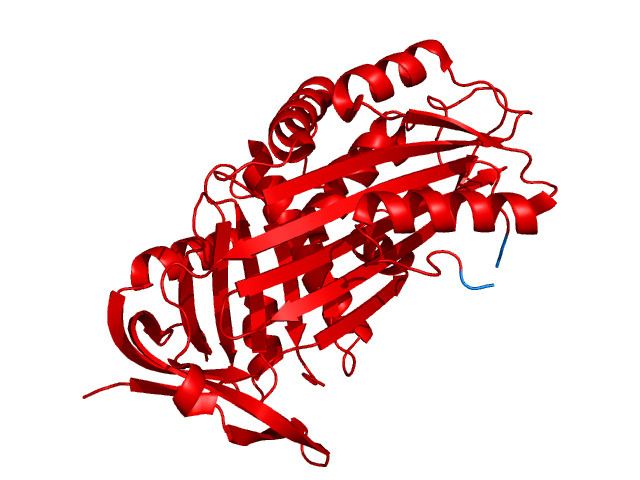Entrez 866 | Ensembl n/a | |
 | ||
Aliases SERPINA6, CBG, serpin family A member 6 External IDs OMIM: 122500 MGI: 88278 HomoloGene: 20417 GeneCards: SERPINA6 | ||
Transcortin, also known as corticosteroid-binding globulin (CBG) or serpin A6 is a protein that in humans is encoded by the SERPINA6 gene. It is an alpha-globulin.
Contents
Function
This gene encodes an alpha-globulin protein with corticosteroid-binding properties. This is the major transport protein for glucocorticoids and progestins in the blood of most vertebrates. The gene localizes to a chromosomal region containing several closely related serine protease inhibitors (serpins) which have evolved by duplication events.
Binding
Transcortin binds several steroid hormones at high rates:
In addition, approximately 4% of serum testosterone is bound to transcortin. A similarly small fraction of serum estradiol is bound to transcortin as well.
Synthesis
Transcortin is produced by the liver and is increased by estrogens.
Clinical significance
Mutations in this gene are rare. Only four mutations have been described, often in association with fatigue and chronic pain. This mechanism for these symptoms is not known. This condition must be distinguished from secondary hypocortisolism. Exogenous hydrocortisone does not appear to improve the fatigue.
Hepatic synthesis of corticosteroid-binding globulin more than doubles in pregnancy; that is, unbound plasma cortisol in term pregnancy is approximately 2.5 times that of nonpregnant women.
